Shabu Shabu: A Pot for Everything Delicious
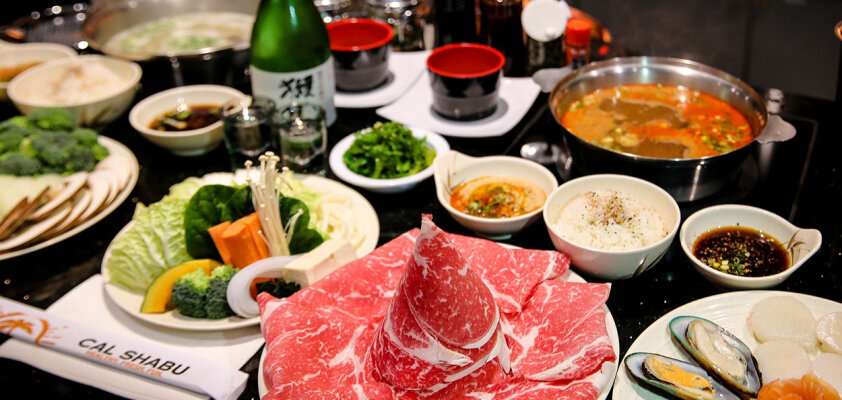
Fragrant soup, sizzling meat, delicious sauces – hardly anyone can resist the temptation. What sets Shabu Shabu apart from other Japanese hot pot dishes, how to eat it correctly, and how can you make it yourself?

Warm Japanese fondue for the cold season?
Fondue is one of our most beloved dishes during the cold season. In Japan, it's also a favorite, but in its own way. It has to sizzle: that's where the name comes from. Shabu Shabu is Japanese onomatopoeia. That's how it sounds when thinly sliced meat is dipped into boiling broth.
Although it's excellent for cold winter evenings, Shabu Shabu was originally intended for summer in Japan. It was first served in Osaka in the 1950s. The restaurant Suehiro holds the status of the creator of the dish and its name. Suehiro experienced a "summer slump," with grilled meat (Yakiniku) facing low demand. Shabu Shabu was intended to provide a balance.
According to legend, a chef in the Japanese restaurant came up with the idea when he observed an employee washing a cloth – similar to meat being swirled in broth. With its origin in the 50s, Shabu Shabu is noticeably younger than its hot pot relative: Sukiyaki.
Sukiyaki and shabu shabu - that's the difference
Nabemono, the hot pot dishes, originally come from China and trace their roots back to Shuan Yang Rou. In this dish, lamb is cooked in hot soup. While Sukiyaki has evolved into a sweet version with a dark sauce, hearty Shabu Shabu has remained true to its origins. Both dishes are prepared not so much in the kitchen but in a social gathering around the dining table. Thin slices of meat and vegetables are first dipped into the hot broth with chopsticks and then into tasty sauces.
Traditionally, beef is essential for Shabu Shabu. Particularly, Wagyu beef is highly sought after, as the fine slices almost melt in the pot. However, pork is also appreciated in Japanese cuisine for its neutral taste. Chicken is, of course, the lightest option.
Fish and seafood can also be enjoyed with Shabu Shabu. They are sliced even thinner than for sashimi. Since the taste significantly differs from the meat version, it's almost like a separate dish. There are also variations of the Shabu Shabu pot divided into separate sections, allowing you to try different types of broths. Vegetables such as cabbage, mushrooms, tofu, and even noodles complete the meal. In a Japanese restaurant specializing in Shabu Shabu, you have a wide selection of ingredients to cook in the hot broth.
Shabu Shabu also comes with two important sauces: Ponzu, mainly consisting of citrus juice and soy sauce, and Goma dare, a sesame sauce. While Goma dare pairs excellently with the meat, Ponzu is enjoyed with the vegetables.
Shabu shabu recipe: how to prepare it
Preparing a Japanese fondue at home: it's easier than you might think. Because here, you actually cook together with others. Only the preparation needs to be right - everything else happens on its own.
 4 personsNo. of persons
4 personsNo. of persons
 ca. 60 minutesTotal Time
ca. 60 minutesTotal Time
 easyLevel of difficulty
easyLevel of difficulty
 main mealDish
main mealDish
 ca. 500kcal per portionCalories
ca. 500kcal per portionCalories
 Meat
Meat
 Alcohol
Alcohol
 Kitchenware
Kitchenware
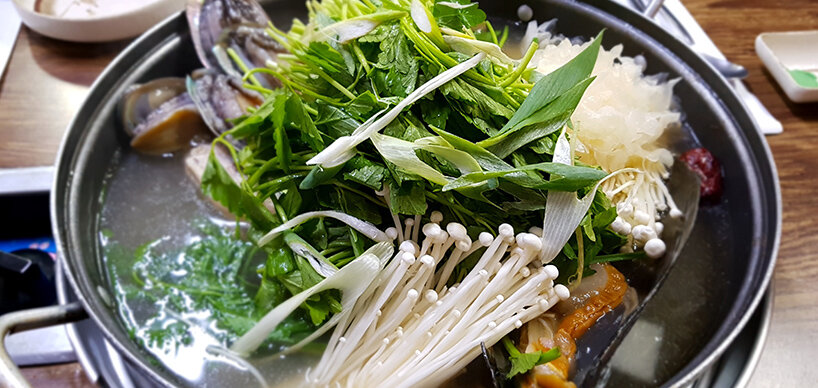
The Sauces
First, let's tackle the sauces. Goma dare and Ponzu are available in well-stocked Asian markets, but homemade, as often is the case, naturally tastes better.
Homemade Ponzu Sauce:
|
4 tbsp
soy sauce
|
|
2 tbsp
citrus juice of your choice (orange, lemon, lime or yuzu)
|
|
1 tbsp
mirin (sweet sake)
|
|
1 1/2 tbsp
dashi stock
|
Homemade Goma Dare:
|
2 tbsp
sesame seeds
|
|
4 tbsp
dashi stock
|
|
2 tbsp
sake
|
|
1 tbsp
mirin
|
|
2 tbsp
lemon juice
|
|
2 tbsp
miso paste
|
|
2 tbsp
sesame oil
|
|
1 tbsp
sugar
|

The broth
Now let's move on to the ingredients for Shabu Shabu (for 4 people). This and similar recipes are to be understood as suggestions because with this fondue, you can cook and enjoy anything you like in the broth.
|
1
Konbu (Japanese seaweed leaf as a soup base)
|
|
500g
beef fillet
|
|
200g
mushrooms (enoki mushrooms, shiitake mushrooms, button mushrooms or other varieties)
|
|
200g
smoked tofu or white tofu
|
|
2
Carrots
|
|
8 leaves
china cabbage
|
|
4
Pak Choi (small)
|
|
100-200g
pre-cooked noodles (glass noodles, udon or shirataki) or rice
|
|
2
Spring onions
|
|
Daikon radish (fresh or pickled)
|

Serve and enjoy shabu shabu properly
Tip: Once everything is finished, you can easily transform the broth into a delicious noodle soup or a flavorful rice broth. Enjoy your meal!

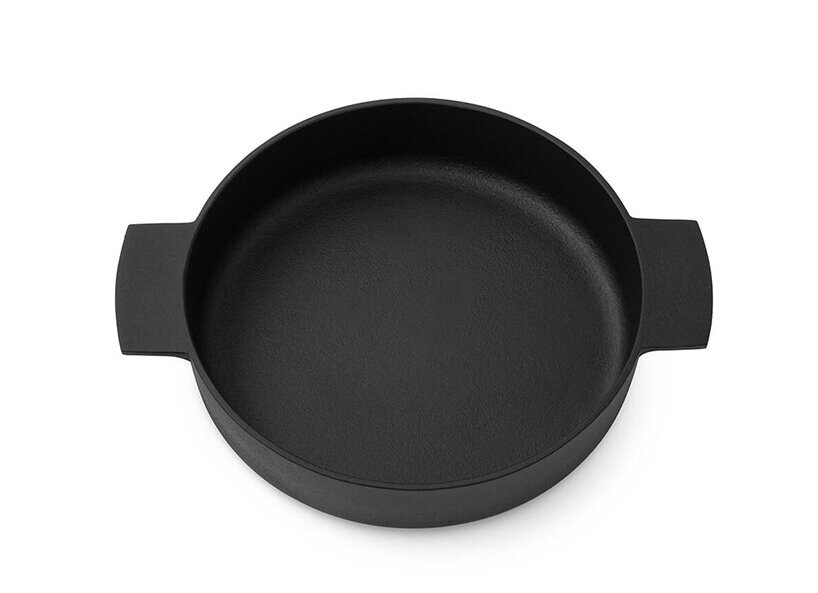
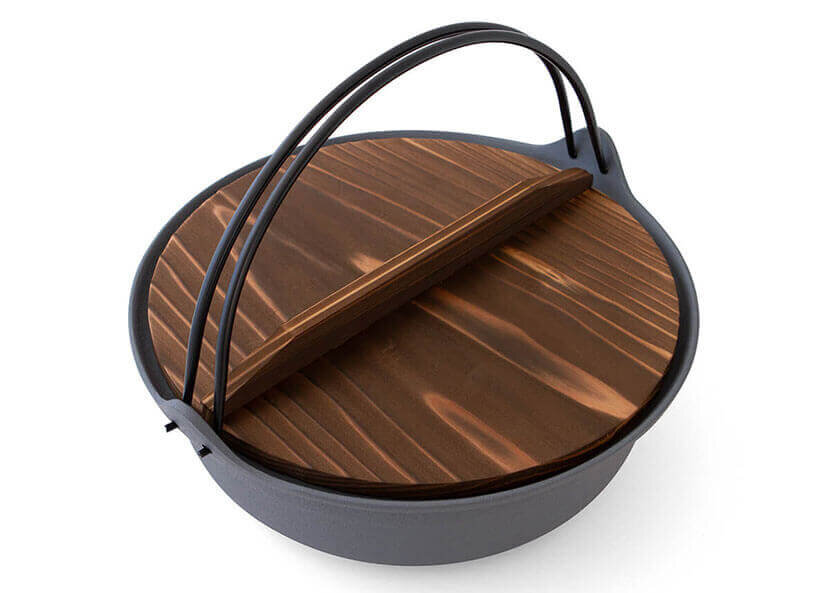
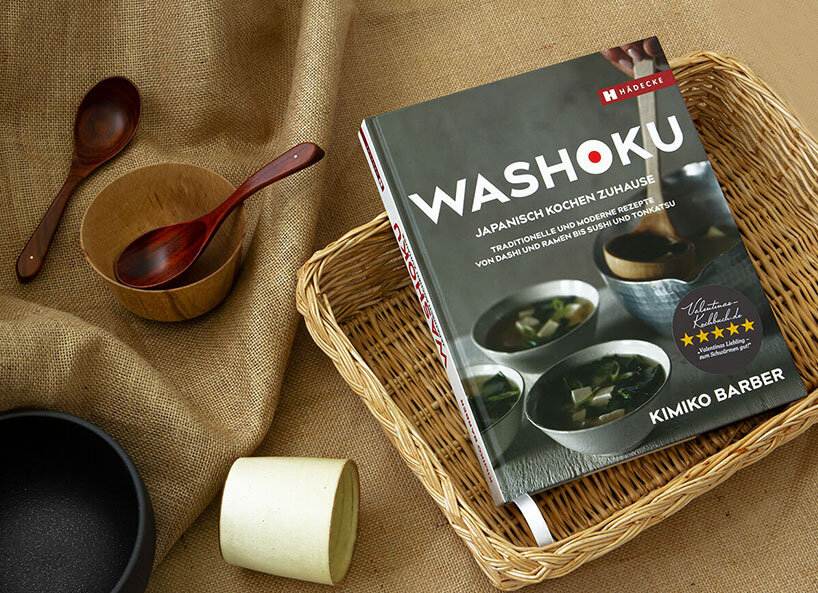
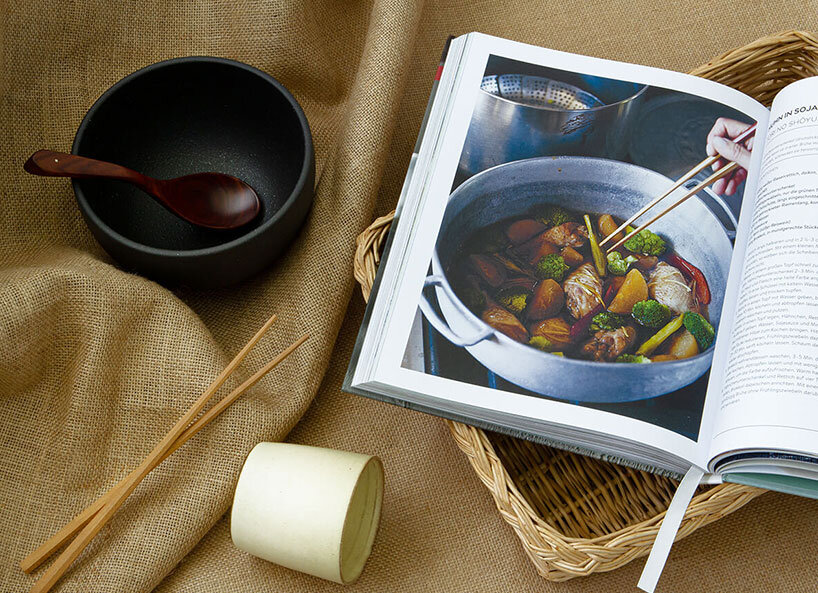
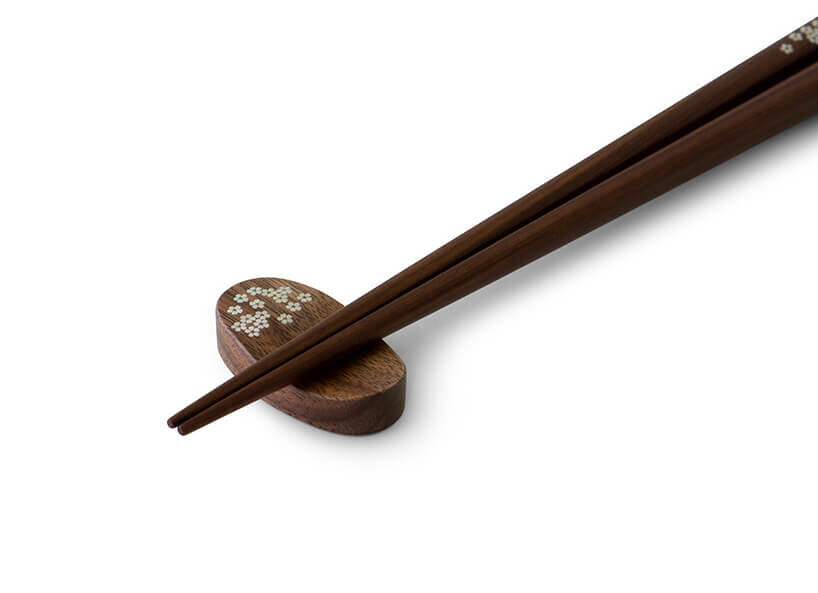
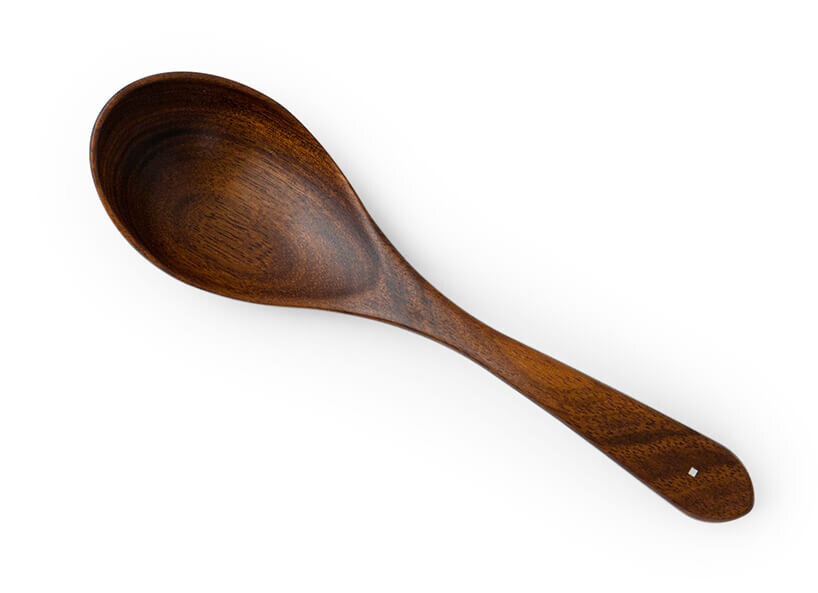










-from-the-yakiyaki-grill-pan.jpg)




